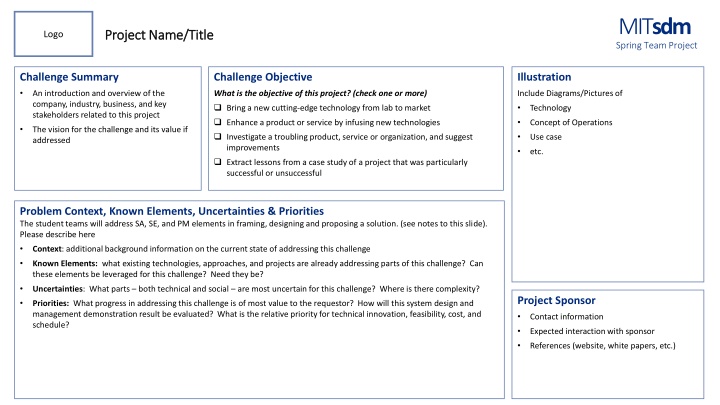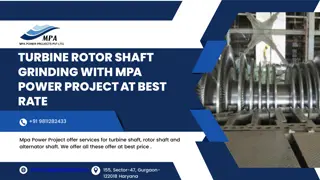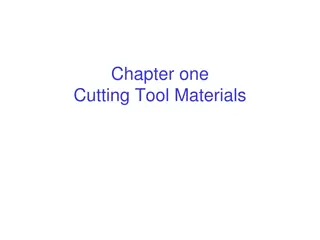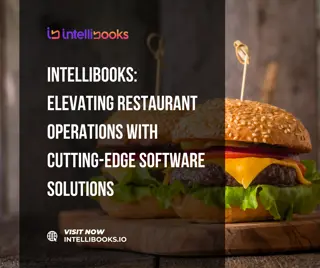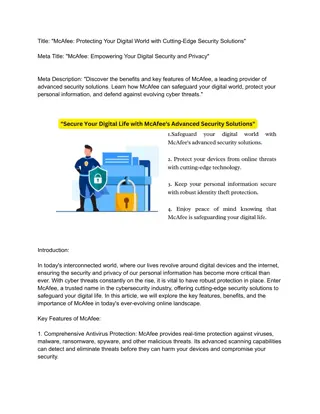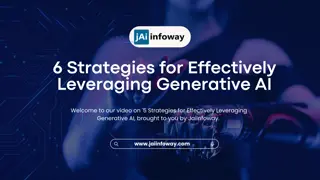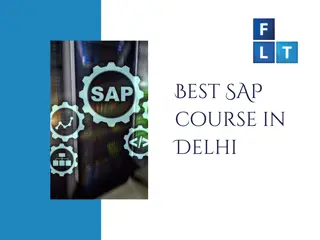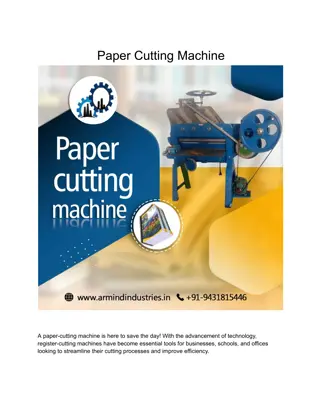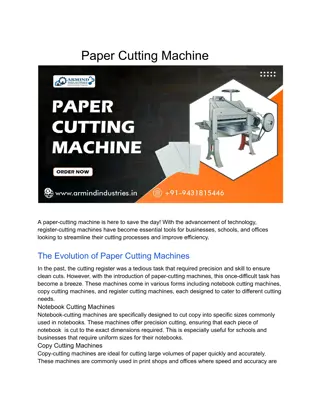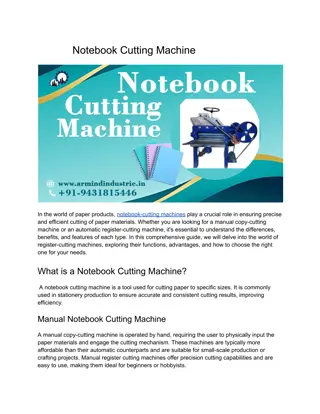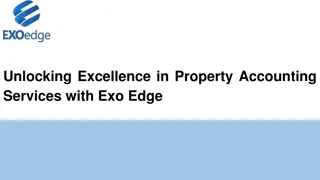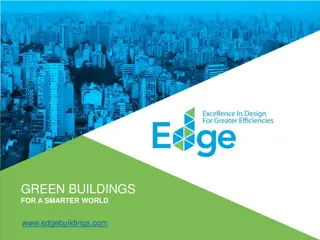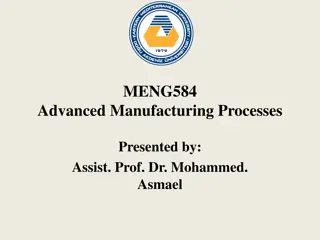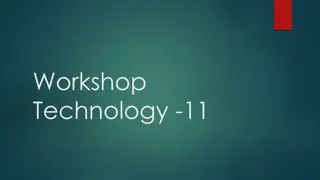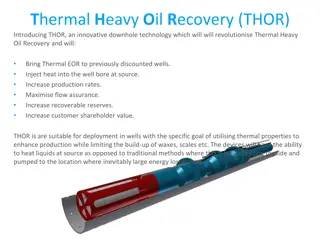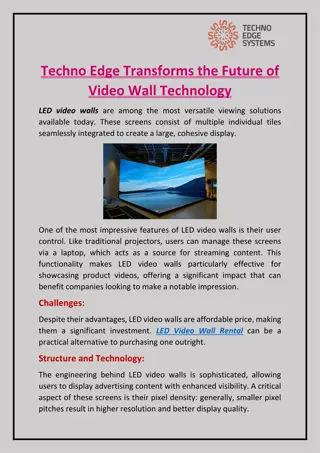Bringing Cutting-Edge Technology to Market
Vision for the challenge, value if addressed, and objective of the project to bring new technology from lab to market. Includes illustrations and diagrams of technology concepts and operations.
Download Presentation

Please find below an Image/Link to download the presentation.
The content on the website is provided AS IS for your information and personal use only. It may not be sold, licensed, or shared on other websites without obtaining consent from the author.If you encounter any issues during the download, it is possible that the publisher has removed the file from their server.
You are allowed to download the files provided on this website for personal or commercial use, subject to the condition that they are used lawfully. All files are the property of their respective owners.
The content on the website is provided AS IS for your information and personal use only. It may not be sold, licensed, or shared on other websites without obtaining consent from the author.
E N D
Presentation Transcript
MITsdm Spring Team Project Project Name/Title Project Name/Title Logo Challenge Summary An introduction and overview of the company, industry, business, and key stakeholders related to this project The vision for the challenge and its value if addressed Challenge Objective Illustration What is the objective of this project? (check one or more) Bring a new cutting-edge technology from lab to market Enhance a product or service by infusing new technologies Investigate a troubling product, service or organization, and suggest improvements Extract lessons from a case study of a project that was particularly successful or unsuccessful Include Diagrams/Pictures of Technology Concept of Operations Use case etc. Problem Context, Known Elements, Uncertainties & Priorities The student teams will address SA, SE, and PM elements in framing, designing and proposing a solution. (see notes to this slide). Please describe here Context: additional background information on the current state of addressing this challenge Known Elements: what existing technologies, approaches, and projects are already addressing parts of this challenge? Can these elements be leveraged for this challenge? Need they be? Uncertainties: What parts both technical and social are most uncertain for this challenge? Where is there complexity? Priorities: What progress in addressing this challenge is of most value to the requestor? How will this system design and management demonstration result be evaluated? What is the relative priority for technical innovation, feasibility, cost, and schedule? Project Sponsor Contact information Expected interaction with sponsor References (website, white papers, etc.)
MITsdm Recent Proposal Examples MIT System Design & Management Core Course Team Project. These 1 page slides were used to pitch the challenge topic at the January
MITsdm Spring Team Project Next Generation Cooking System Next Generation Cooking System Challenge Summary Challenge Objective Illustration Whirlpool is world s leading major home appliance company What is the objective of this project? (check one or more) Bring a new cutting-edge technology from lab to market Our vision is to enhance the consumer experience and transform the Cooking process via connected and autonomous systems embedded in new architecture(s) Enhance a product or service by infusing new technologies Investigate a troubling product, service or organization, and suggest improvements Extract lessons from a case study of a project that was particularly successful or unsuccessful Problem Context, Known Elements, Uncertainties & Priorities Context: Cooking appliances can participate more seamlessly (fewer steps, higher confidence in results) in the food journey cycle if next-gen technologies can be integrated in a cost-effective manner Stakeholders such as Customer, Manufacturing, Service, Codes & Regulatory must be understood over entire architecture lifecycle Data is becoming more available but must be better understand and leveraged to enhance consumer experience Known Elements: existing architectures are being updated to enhance on-and off-product capabilities but technologies such as below are proposed, with the new overall architecture, to optimize the cooking experience: Project Sponsor Consider thermal and visual imaging, new sensing technologies, RF solid-state cooking, active cavity cooling, HMI technologies Name, title, and email here Uncertainties: Complexity exists in creating modularized / scaleable architecture(s) that provide multiple product line variants at a wide cost range to support multiple consumer segments and brand pricepoints. Finding the right balance between diverse consumers segments interacting with the new technologies. http://www.whirlpoolcorp.com/ Priorities: What are the lifecycle cost and associated conceptual architectural decisions / trade-offs? Relative Priorities = 1. Innovation, 2. Cost, 3. Feasibility, 4. Schedule, 5- Risk
MITsdm Spring Team Project The Marauder's Map 2.0: Indoor tracking of people, products and robots Illustration Challenge Objective Challenge Summary Amazon s FCs have millions of products and thousands of people and robots. There is significant safety and business value (>$100M) in knowing their precise locations. Current tracking systems are unreliable with high error bands. Create a systems architecture, technology roadmap and a program plan for achieving centimeter resolution tracking What is the objective of this project? (check one or more) Bring a new cutting-edge technology from lab to market Enhance a product or service by infusing new technologies Investigate a troubling product, service or organization, and suggest improvements Extract lessons from a case study of a project that was particularly successful or unsuccessful Problem Context, Known Elements, Uncertainties & Priorities Context: Amazon s Fulfillment Centers (FC) have millions of products and thousands of people and robots. Barcodes are currently used to locate products and robots to sub-meter accuracy. System safety can be improvement by tracking people to find them quickly in emergency situations and to also enable high precision safe robot collaboration. Additionally, having real- time locations of people, products and robots enables business logic optimization to improve productivity and reduce waste. Known Elements: Wifi and Bluetooth work for ~5m scale tracking. RFID and UltraWideBand have shown promise at sub-meter resolution tracking. Line-of-sight systems such as barcodes provide centimeter scale tracking. These technologies will need to fused and combined with filtering and ML based algorithms. Uncertainties: What are the privacy and PR implications of implementing such tracking technology? Can this technology be safety rated? Priorities: A creative systems architecture that embodies flexibility and a technology roadmap with build/buy recommendations. A business plan for implementing various elements of the technology roadmap. An end-to-end safety requirements and failure analysis of such a system Project Sponsor Name, title, email here
MITsdm Spring Team Project Transformation of Diagnostic Laboratory Data into Personalized Transformation of Diagnostic Laboratory Data into Personalized Patient Information: Computational Pathology Patient Information: Computational Pathology Illustration Challenge Summary Challenge Objective MGH Pathology is invested in leading the transformation of pathology into a more data-driven, interpretive field. What is the objective of this project? (check one or more) Bring a new cutting-edge technology from lab to market Enhance a product or service by infusing new technologies ~70% of the actionable healthcare info is generated in Pathology Labs. ~3200 tests can be currently ordered. Physicians can only handle 7 +/- 2 data points in their head at the same time. Investigate a troubling product, service or organization, and suggest improvements Extract lessons from a case study of a project that was particularly successful or unsuccessful X Source: Louis et al, Arch Pathol Lab Med, 2014. The vision is to create a system of systems that would allow Pathology labs to provide predictive info and context specific interpretations Other: Transform an industry by infusing new technologies and services Problem Context, Known Elements, Uncertainties & Priorities Context: Data-driven decision support exists outside of medicine, but not within daily clinical practice. Learning Health Care Systems have been discussed since the 70 s, but none exist outside of research. There are complex policy and ethics barriers. This requires a lot of interdisciplinary cooperation. Figure 1. Computational pathology: components and flow from data to clinically or biologically relevant information to diagnostic or prognostic knowledge and, ultimately, to action that improves the health of individuals and the efficiency of the health care system. Known Elements: There are a few isolated use cases of data driven changes (see references), but there is no platform or unified process for developing, testing, or deploying them. It now mostly exists in the realm of research. We believe that knowledge from other industries will influence our systemic strategy and change Project Sponsor Name, title, and email here Uncertainties: Physician buy in (both within pathology and outside of it) are most uncertain, as is the technical approach to providing interpretive information. This is complex, in that it requires unprecedented cooperation of a large number of medical disciplines and their accompanying legacy systems. Louis DN, Gerber GK, Baron JM, Bry L, Dighe AS, Getz G, Higgins JM, Kuo FC, Lane WJ, Michaelson JS, Le LP, Mermel CH, Gilbertson JR, Golden JA. Computational pathology: an emerging definition. Arch Pathol Lab Med. 2014 Sep;138(9):1133-8. doi: 10.5858/arpa.2014-0034-ED. PubMed PMID: 25171694. Priorities: Creative approaches to SA and SE will be of most interest to the Stakeholders. A PM framework for creation of the system, as well as individual models/interpretive diagnostics will also be of great interest. The system design and management demonstration result will be evaluated by key stakeholders in pathology for creativity, feasibility, flexibility, and comprehension. The relative priority is as follows: technical innovation, feasibility, cost, and schedule. Louis DN, Feldman M, Carter AB, Dighe AS, Pfeifer JD, Bry L, Almeida JS, Saltz J, Braun J, Tomaszewski JE, Gilbertson JR, Sinard JH, Gerber GK, Galli SJ, Golden JA, Becich MJ. Computational Pathology. Arch Pathol Lab Med. 2015 Jun 22.
MITsdm Spring Team Project New Container Transport System New Container Transport System Challenge Summary JMU is a leading company in the shipbuilding industry, with bases throughout Japan. Our main products are container ships. Challenge Objective Illustration What is the objective of this project? (check one or more) Bring a new cutting-edge technology from lab to market Enhance a product or service by infusing new technologies Investigate a troubling product, service or organization, and suggest improvements Our challenge is generation of new types of ships or systems which can contribute to new container transport system. - Evaluation of existing system - Infusing new technologies Extract lessons from a case study of a project that was particularly successful or unsuccessful Other: Offloading Container One by One Problem Context, Known Elements, Uncertainties & Priorities Context: - Container Transport System was introduced in 1950 s and has reduced the transport cost dramatically. - The system has not changed significantly since 60 years ago. - Many optimization approaches have been undertaken. However, some problems are still remain. - So many stakeholders make it difficult to change. Known Elements: For example, following solutions are proposed. - Autonomous container handling system in ports (to reduce time and hazard) - Multi handling crane system (to reduce the handling time) - Real time inventory plan system (to reduce empty container stock) Uncertainties: - Is the container transport system the best solution for the time being ? - What change will happen in the near future ? (What are the key barriers to the change ?) - What types of system, ships or facilities should we develop in the near future ? Priorities: - We evaluate the result by its originality but it should be humanly solvable. - Also, the Stakeholders analysis is of great interest. Source: NYK Line Multi handling crane system Project Sponsor Name, title, and email here https://www.jmuc.co.jp/en/
MITsdm Spring Team Project BMW & the Kumamoto Earthquake: BMW & the Kumamoto Earthquake: Production System Architecture for Regional Resilience Production System Architecture for Regional Resilience Challenge Summary Challenge Objective Illustration The 2016 earthquake near Kumamoto Japan, exposed the sensitivity of the automotive manufacturing supply chain to disruption. What is the objective of this project? (check one or more) Bring a new cutting-edge technology from lab to market Enhance a product or service by infusing new technologies Investigate a troubling product, service or organization, and suggest improvements Provide a model and analysis of the vehicle and regional supply chain as a system, including critical partnerships with top quality suppliers for ongoing tech. insertion. Extract lessons from a case study of a project that was particularly successful or unsuccessful Problem Context, Known Elements, Uncertainties & Priorities The Kumamoto earthquake occurred in April 2016. The BMW team which responded to the propagating consequences of supply chain disruption met for months to recover and learn lessons. Known Elements: The automotive platform as decomposed across suppliers and integrated at key production facilities. The suppliers and internal cross functional teams for high quality/ differentiated value components. Uncertainties: More valuable and unique components tend to be supplied by more unique and high quality suppliers. Priorities: Can response to unlikely but known exogenous risks be designed, including ways of treating the product system, process, and organization system in an integrated way? With the Kumamoto case as an example, can the qualitative lessons learned from the BMW response team be replicated with a system thinking and model-based approach? Supervisors Name, title, and email here https://en.wikipedia.org/wiki/2016_K umamoto_earthquakes
